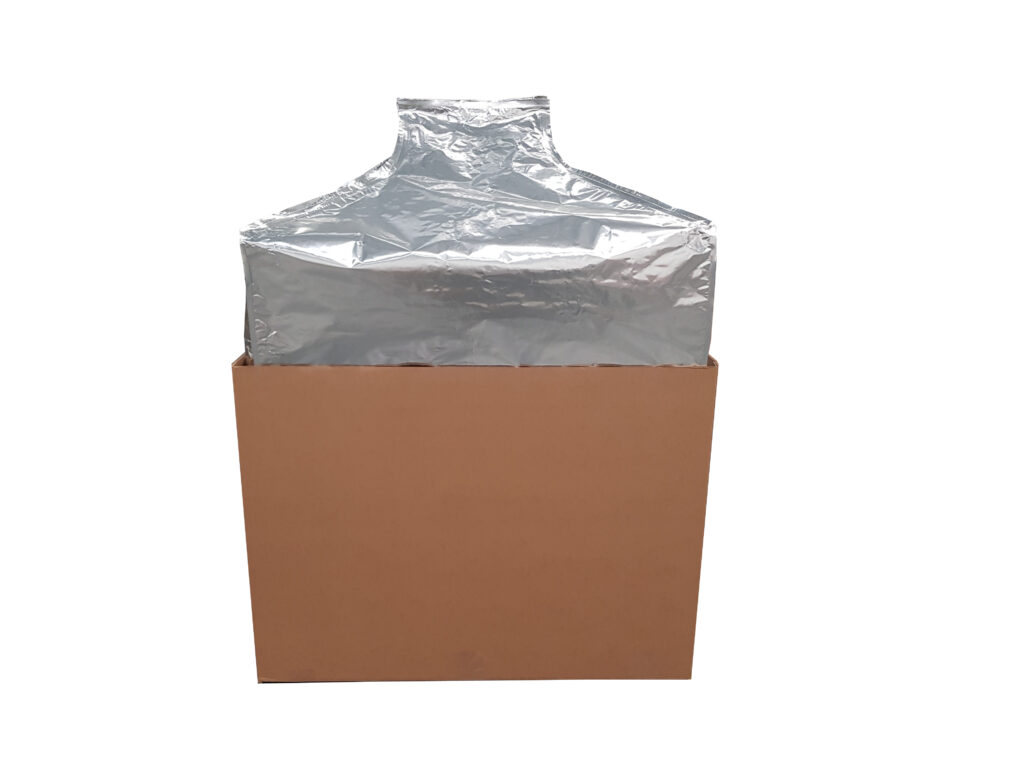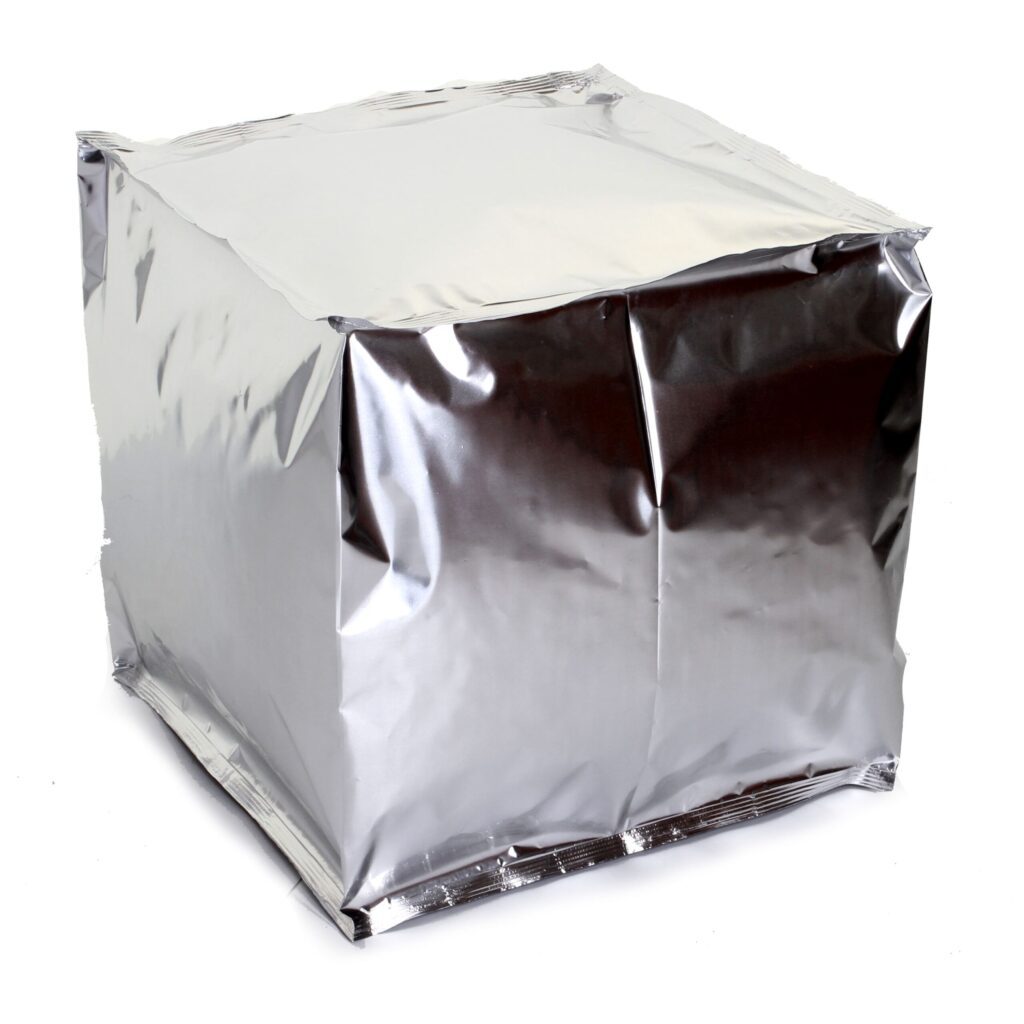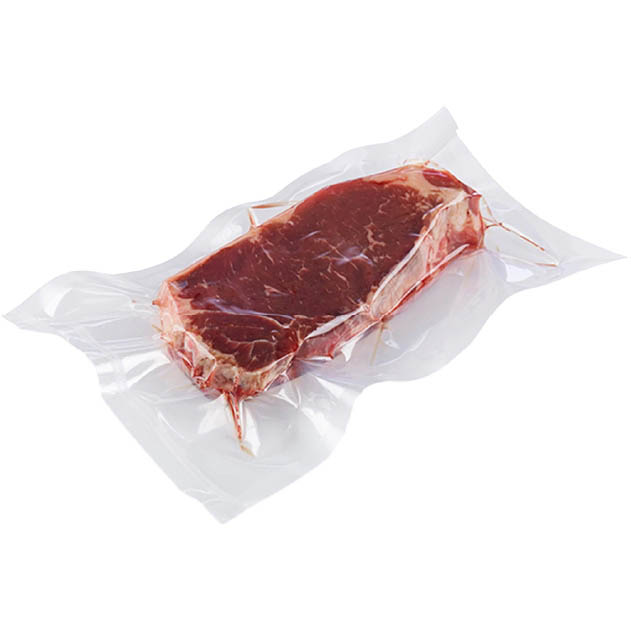Looking for Protective Packaging?
Choosing protective packaging can be a daunting task. There are so many different details and unaccounted-for situations that could happen to your product. Will it be stored for a long time? What does the storage facility look like; is it a controlled atmosphere warehouse or, will it be outside? What about transport? Shipping overseas comes with a new set of potential problems. The humidity, salt in the air and duration on the boat can be a nightmare to navigate. If your head is spinning at the thought of all these questions, don’t worry, you’re not alone. Finding the best protective packaging option for your team doesn’t have to be a huge ordeal. Even though there isn’t a simple formula to find the best packaging for your needs, we have come up with an easy solution to find the best protective packaging for you.
Why Is Protective Packaging Important?
Corrosion is the gradual destruction of materials by chemical or electrochemical reactions with their environment. The type of metal and the environment, particularly gas, can determine the form and rate of degradation. According to the World Corrosion Organization, there is $2.2 Trillion US dollars in corrosion damage annually. That’s over 3% of the world’s GDP! This number includes everything. Big or small, from aircraft to infrastructure and everything in between. That is a lot of damage every year, and what’s worse, experts believe that at least 20-25% of this corrosion is preventable. But what about the degradation of dried products? Products such as resins, polymers and even agricultural goods can suffer from moisture and oxygen ingress. Items such as nuts, hops and seeds can turn rancid quickly in environments when they are exposed to heat, light or oxygen. That could potentially lead to rising numbers of food waste!Materials such as resins and polymers can retain moisture that can make it difficult to process. Moisture retention in these raw materials can cause variations in the material such as stiffness or lack of strength. When this occurs, companies have to dry the polymers which can cause their processing times to skyrocket, leading to more costs!
Impacts Of Water Vapor & Oxygen Ingress
How do you fight an enemy like oxygen and moisture vapor that cannot be seen and is everywhere? This is why it is so important to find the best protective packaging for your needs.If even one piece of your product suffers from corrosion damage, dried products, machines or parts could be rendered useless and end up costing you big time! The impact is not only a financial one. There are also health and safety risks involved. Think about it this way. If you transport your machine with inferior packaging and it begins to corrode, it could cause structural damage, injury or worse to the end-user, causing an entirely new set of problems for you and your company. All from the simple act of not finding the best packaging solution!
Protective Packaging Materials
There are so many different types of packaging out there, but we have narrowed it down to the top four materials used in protective packaging.
High Barrier Foils
High barrier foils are made of multiple layers (usually 3-4) of different materials. These materials are bonded together with adhesives or extruded polyethylene. Due to the layer of Aluminum in the construction of this flexible material, they offer the lowest known water vapor transmission rate (WVTR) as well as the lowest oxygen transmission rate (OTR). Depending on the time in transit or storage, your products can be exposed to different amounts of moisture vapor or oxygen ingress. High barrier foils are ideal for both dry product protection, such as chemical formulations, agricultural products and more, as well as corrosion protection.

Metalized Polyesters
While this material may look like it has a layer of Aluminum, it is a polyester film that has been metalized by vapor-deposited Aluminum. This material does not have the “true” layer of Aluminum, therefore it is not gas-tight like high barrier films, but it will offer improved protection from moisture and gas over PE films. This material is ideal for products that require restricted visibility but are not moisture and gas-tight.

High Barrier Clear Films
High barrier clear films are made with a layer of EVOH (Ethylene-Vinyl Alcohol Copolymer is a flexible, clear glossy thermoplastic). These are one of the most commonly used films in packaging today however, the barrier properties can depend on several factors. When exposed to too much moisture and temperature, the barrier properties can decrease substantially. That means if your products are being stored or transported in a hot and humid area, you might want to think twice about using this material.

LDPE Films
Low-density Polyethylene is a flexible, water-repellent film that offers good optical clarity, chemical resistance, but it has a high permeability to oils, gas, moisture and odor. It also suffers a drastic decrease in density when exposed to temperatures beyond 68℉ (20℃). The biggest advantage for this material would be the low cost however if you are looking for protective packaging that protects against moisture vapor oxygen ingress and oils, this might not be your best option.
Water Vapor Transmission Rates (WVTR) & Oxygen Transmission Rates (OTR)
There are several different types of protective packaging materials out there. How can you be sure that you are choosing the best material for your products? Since corrosion damage is caused by moisture and gas ingress, you should look for a flexible material that has the least amount of water vapor transmission as well as oxygen transmission. Water vapor transmission rate is the measure of the passage of water vapor through a substance, or in our case, through the packaging. It is measured by grams per 100 inches square per 24 hours (g/100 inches²/24 hrs).
| Material | Overall thickness | Construction | WVTR | OTR | Standard |
| High Barrier Foil – 3D01625 | 6.14 MIL | PET / ALU/PA/LDPE | 0 | 0 | g/100 inches²/24 hrs – ASTM F 1249 & D-3985 |
| High Barrier Foil – 3D016SL | 5.5 MIL | PET / ALU/OPA/LDPE | g/100 inches²/24 hrs – ASTM F 1249 & D-3985 | ||
| High Barrier Foil – 3D0038 | 4.1 MIL | PET / ALU / LLDPE | g/100 inches²/24 hrs – ASTM F 1249 & D-3985 | ||
| Metalized Polyester – 3D12/100 | 4.5 MIL | Metalized Polyester / LDPE | g/100 inches²/24 hrs – ASTM F 1249 & D-3985 | ||
| High Barrier clear film | 3 MIL | LLDPE / PA / EVOH / PA / LLDPE | 0.01 | g/100 inches²/24 hrs – ASTM F 1249 & D-3985 | |
| LDPE Film | 10 MIL | Polyethylene | > 450cc | g/100 inches²/24 hrs – ASTM F 1249 & D-3985 | |
| LDPE Film | 5 MIL | Polyethylene | > 450cc | g/100 inches²/24 hrs – ASTM F 1249 & D-3985 |
Listed Above: Transmission Rates for The Films Listed, ie High Barrier Films, Metalized Polyester, High Barrier Clear Film & LDPE Film
In Conclusion
Choosing the best protective packaging for you and your products comes down to a lot of variables. However, if you know what is most important for the preservation of your products, you can decide on protective packaging much easier for yourself. Moisture vapor, oxygen ingress and humidity can cause havoc on so many things, not just metal machinery. So make sure that you know what damage can be done to your items before making a selection. Ultimately, the barrier properties of high barrier foils have the lowest moisture vapor and oxygen transmission rates of any flexible materials. If you’re storing or transporting your products in conditions that would leave them susceptible to moisture vapor or oxygen ingress, your best bet will be this material. If you are looking to upgrade your protective packaging, contact us today. 3D Barrier Bags Inc offers a wide range of barrier foil laminates, including our own QPD listed Mil-PRF-131K Class 1 material. We offer more than 30 years of experience in customized protective packaging and offer no minimum order quantity.
3D Barrier Bags is an essential business proudly serving critical packaging to pharmaceutical, medical, diagnostic and food sectors industries. 3D Barrier Bags Inc is located in Orlando, Florida and our products are proudly manufactured in the USA.
